Washing Your Fruit and Vegetables correctly is essential to get the maximum health benefits. Not only is it important for us to eat lots of fruits and vegetables, but we must learn to choose and prepare them the right way to keep us safe and healthy.
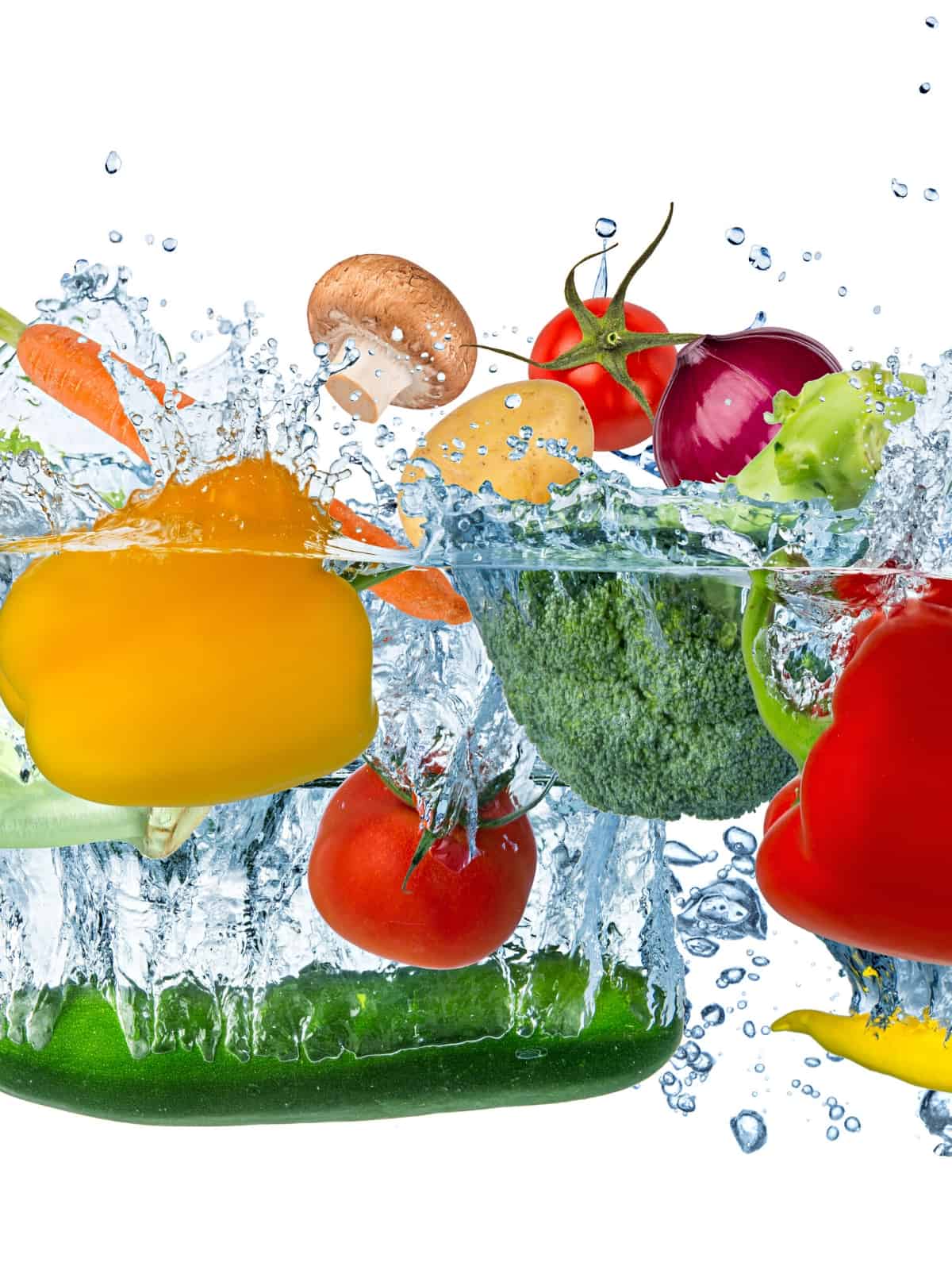
Food plays a huge part in our lives because of the energy and nourishment it provides to sustain us in our daily activities. But let's not forget its importance in our social and cultural lives, affording us many different tastes, flavours and enjoyment!
The Importance of Food Safety
Food Safety is the practice of keeping food safe during its handling and preparation. It is vitally important for keeping you and your family healthy and free from any foodborne illnesses.
Raw fruits and vegetables can be harmful and cause a large number of foodborne illnesses because they contain germs such as Salmonella, E. coli and Listeria,
4 Essential Steps to Food Safety
There are 4 essential steps to preparing your fruits and vegetables safely.
- Choose – quality fruit and vegetables that are not damaged
- Clean – wash hands and surfaces thoroughly and often.
- Separate – avoid cross-contamination
- Chill – keep food cold in your fridge immediately
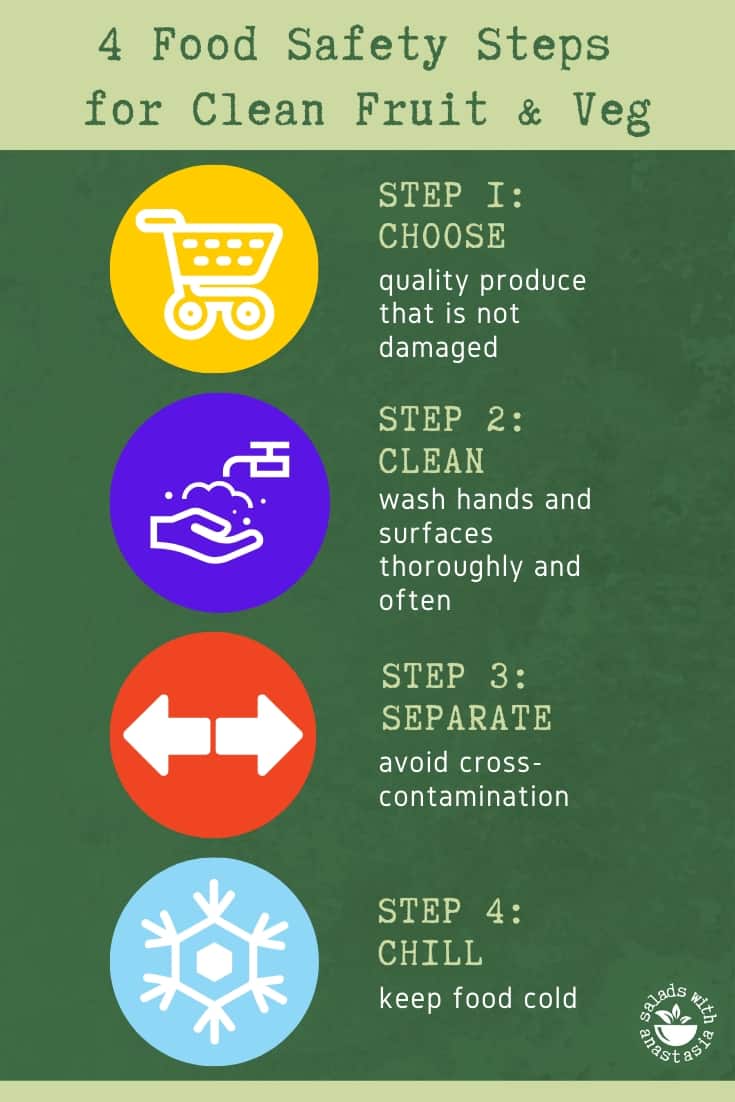
Step 1: Choose
It is important to choose quality fruit and vegetables that are not bruised and damaged as this may indicate the presence of bacteria.
Any pre-prepared vegetables should be kept as cold as possible to help maintain freshness.
Also, in your shopping trolley and when you arepacking your bags keep your fruit and veg away from your raw meat, poultry, and seafood.

Step 2: Clean
Clean hands, clean utensils and clean surfaces play a vital role in fruit and vegetable hygiene.
Preparing Your Surfaces
Wash your kitchen utensils, chopping boards and kitchen surfaces thoroughly.
I like to use an antiseptic spray on benchtops and then wash them with warm soapy water, then rinse and dry them thoroughly.
For utensils, use hot soapy water and then rinse and dry them thoroughly.
This should be done before and after preparing your vegetables.
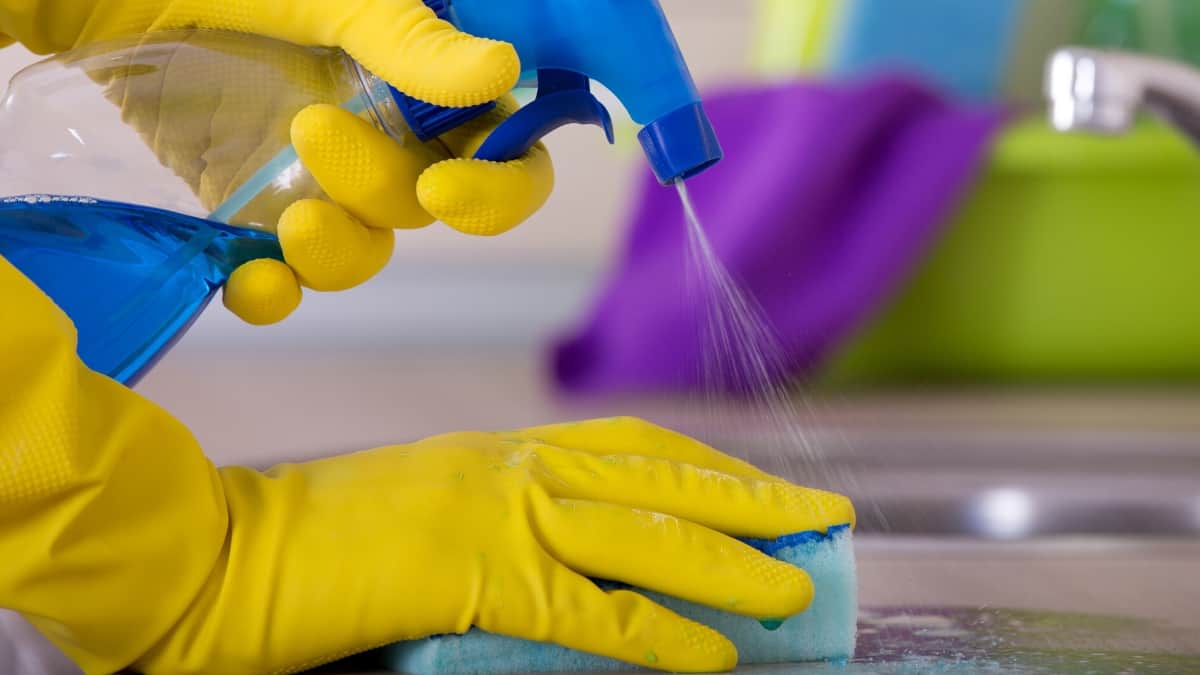
Washing Your Hands
Next, your hands must be clean so before preparing your fruits and vegetables wash your hands with soap and warm water for approximately 30 seconds (about as long as singing "Happy Birthday" twice), rinse and dry thoroughly.
Step-by-step Handwashing Guide
- First, wet your hands with water
- Apply soap to your hands
- Rub your hand's palm to palm
- Scrub between your fingers
- Rub your interlocked fingers into your palm to clean the backs of your fingers.
Repeat for both hands - Clean around each of your thumbs
- Rub your fingertips into your palm
- Rinse your hands with water
- Use a disposable towel or tissue to completely dry your hands.
This should be done both before and after preparing fruits and vegetables.
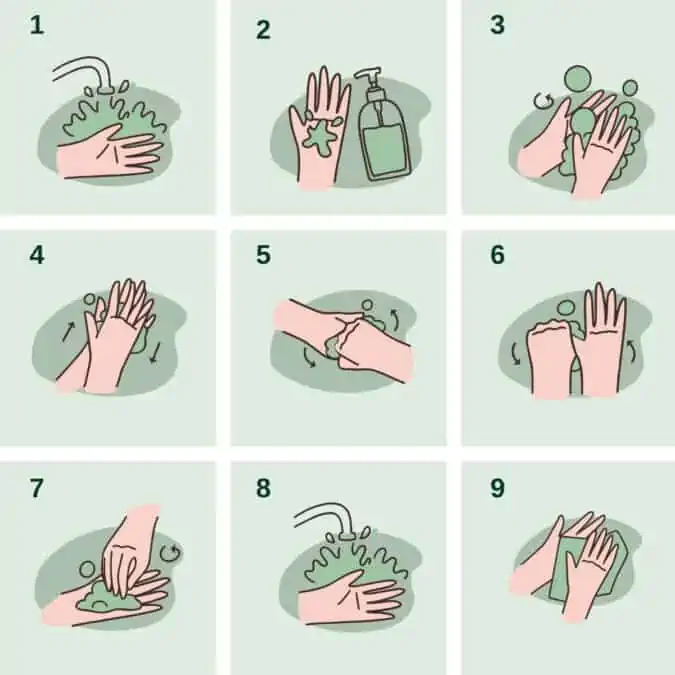
Washing Your Produce
It is essential that all your fruit and vegetables be washed thoroughly before eating this includes both produce grown at home, organic produce as well as those bought at a supermarket, at a market or at a fruit and vegetable shop.
As dirt and bacteria may be transferred to produce as you peel, or even just while handling them, it is important to wash any fruits and vegetables that may need peeling such as citrus, avocados, carrots, etc. before you start to peel them.
As an additional precaution I recommend using either a homemade vinegar or baking soda wash to get rid of bacteria and pesticides on your fruit and veg:
- Cutaway any damaged or bruised areas you find on your vegetables and then clean the knife thoroughly so that you do not contaminate other food.
- Fill up your kitchen sink with water then add either 1 cup of vinegar with 1 tablespoon of lemon juice or 2 tablespoons of baking soda (baking soda, whose alkalinity helps to neutralize many common acidic pesticides, is generally thought to be the more effective).
- For vegetables with hard skins, wash away the dirt and scrub with a hard bristled brush and then wash them thoroughly in the water.
- For leafy vegetables such as spinach, celery, lettuce and bagged salad, I submerge them in the water and whoosh them a few at a time for at least 20 seconds.
- Then rinse them quickly (otherwise they will wilt) under cold running water.
- Allow them to drain in a colander OR I like to use a salad spinner to dry my salad leaves and herbs.
- Then store as normal but only after they are COMPLETELY DRY.
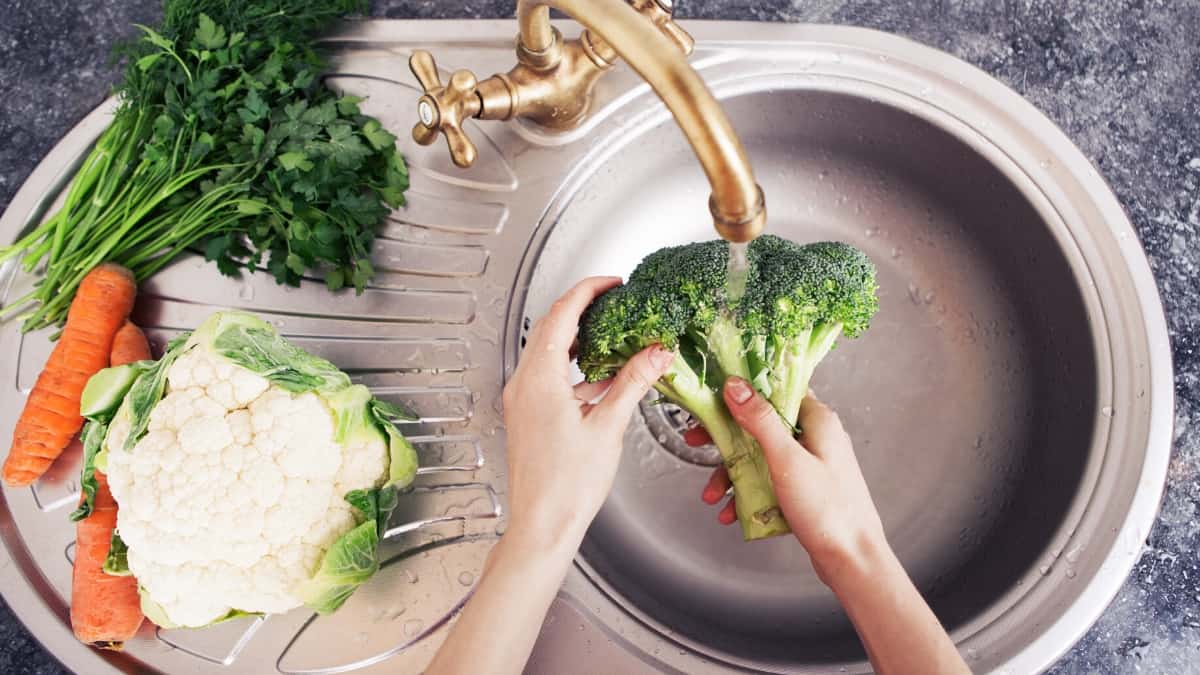
It is vital that you do not wash and then store your vegetables as the water may cause more contamination and bacteria whilst in your fridge. If you would like to wash then store your vegetables they must be completely dry.
Step 3: Separate
Cross-contamination occurs when bacteria and viruses are transferred from contaminated food or surfaces such as chopping boards or utensils to other food.
To avoid cross-contamination, firstly, whilst you are shopping by keeping your fruits and vegetables separate from your raw meat, seafood and poultry both in your shopping cart and in your grocery bags.
Secondly, by having separate chopping boards for your fruit and vegetable preparation and your raw meat preparation.
Thirdly, when you are storing your fruits vegetables by keeping fruits and vegetables separate from raw foods such as meat, poultry, and seafood. In addition
Make sure that obviously dirty vegetables such as whole lettuces with dirty roots are kept away from other vegetables as the dirt may contaminate them.
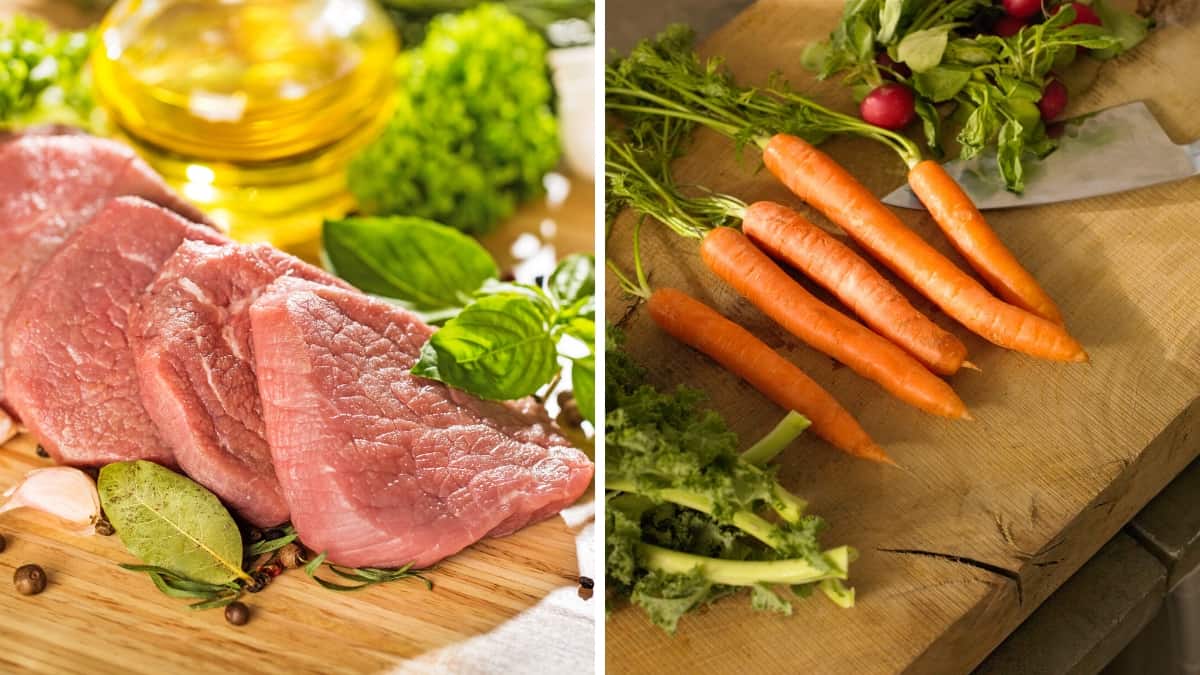
Step 4: Chill
Keep your food cold as bacteria can multiply rapidly if left at room temperature or in the “Temperature Danger Zone” between 5°C and 60°C (40°F and 140°F).
Refrigerate your fruits and vegetables within 2 hours or within 1 hour in hotter temperatures.
Keep the temperature in your fridge below 5°C (40°F) as this is the temperature that most bacteria grow slowly or even stop growing completely.
Use a fridge thermometer to keep an eye on the temperature and ensure that it stays between 4-5°C (40-41°F).
Do not overload your fridge so that you can allow the cold air to circulate around your food and keep it cold.
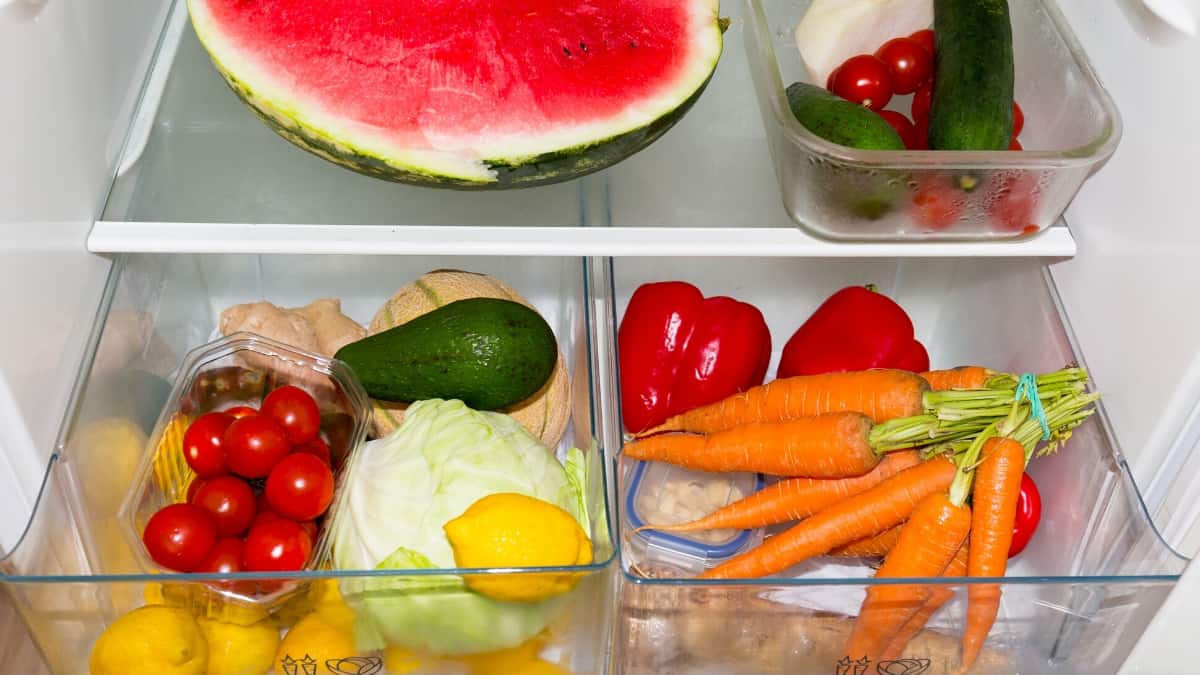
Frequently Asked Questions
What makes vinegar such a good cleaner?
White vinegar is usually made of laboratory-produced acetic acid combined with water which makes it the most acidic of all the kinds of vinegar and therefore a potent cleaner.
How effective is a baking soda wash?
This is considered to be one of the most effective washes to get rid of pesticides and bacteria from your fruit and vegetables as found from a new study done on apples.
Should I wash fruit and vegetables before peeling?
Yes, otherwise, you may transfer any dirt or bacteria from the outside of the fruit to the inside while peeling.
For additional nutritional value follow our guide
to shop for in- season fruits and vegetables.

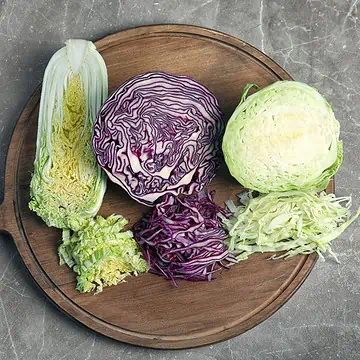
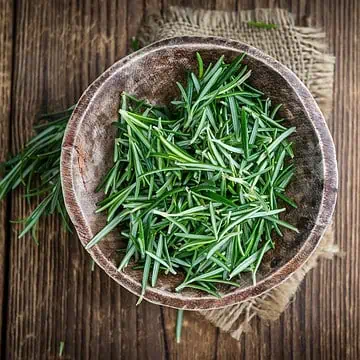
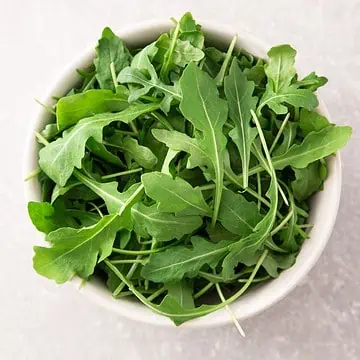
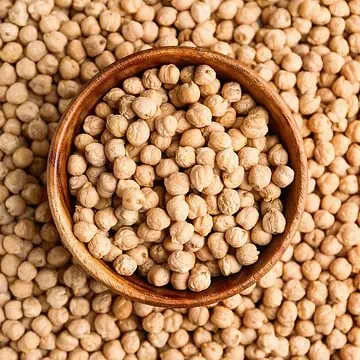
Lily says
Please what about washing veggies and fruits with warm water and salt
Anastasia says
Hi Lily
Salt helps draw out small insects & bugs hiding in your fresh produce especially leafy green veggies and some pesticides. But it is not very effective as an antibacterial cleaner.
I have linked a few of the articles and websites that I have read for your reference.
https://www.delicious.com.au/eat-out/article/coronavirus-you-need-wash-fruit-vegetables-soap-virologist-says/1st7fxjs?fbclid=IwAR1SodUmbzh55gwwWCrRLUihG3w7NFX_Gw0nwecShZo-asljzf61vi5cjl
https://www.choice.com.au/home-and-living/laundry-and-cleaning/surface-cleaners/articles/cleaning-in-the-time-of-coronavirus
https://www.unicef.org/coronavirus/easy-affordable-and-healthy-eating-tips-during-coronavirus-disease-covid-19-outbreak
https://blog.csiro.au/coronavirus-and-food/
https://www.who.int/news-room/q-a-detail/q-a-coronaviruses
Stay safe & healthy
Anastasia
Robert So says
What kind of soap do you use for washing the salad?
Anastasia says
Hello Robert
I use an organic dishwashing detergent.
Stay healthy.
A
Annie Laplante says
I use Melaleuca Lemon brite.
Anastasia says
Annie that sounds wonderful. I love citrusy detergents especially organic ones. ?